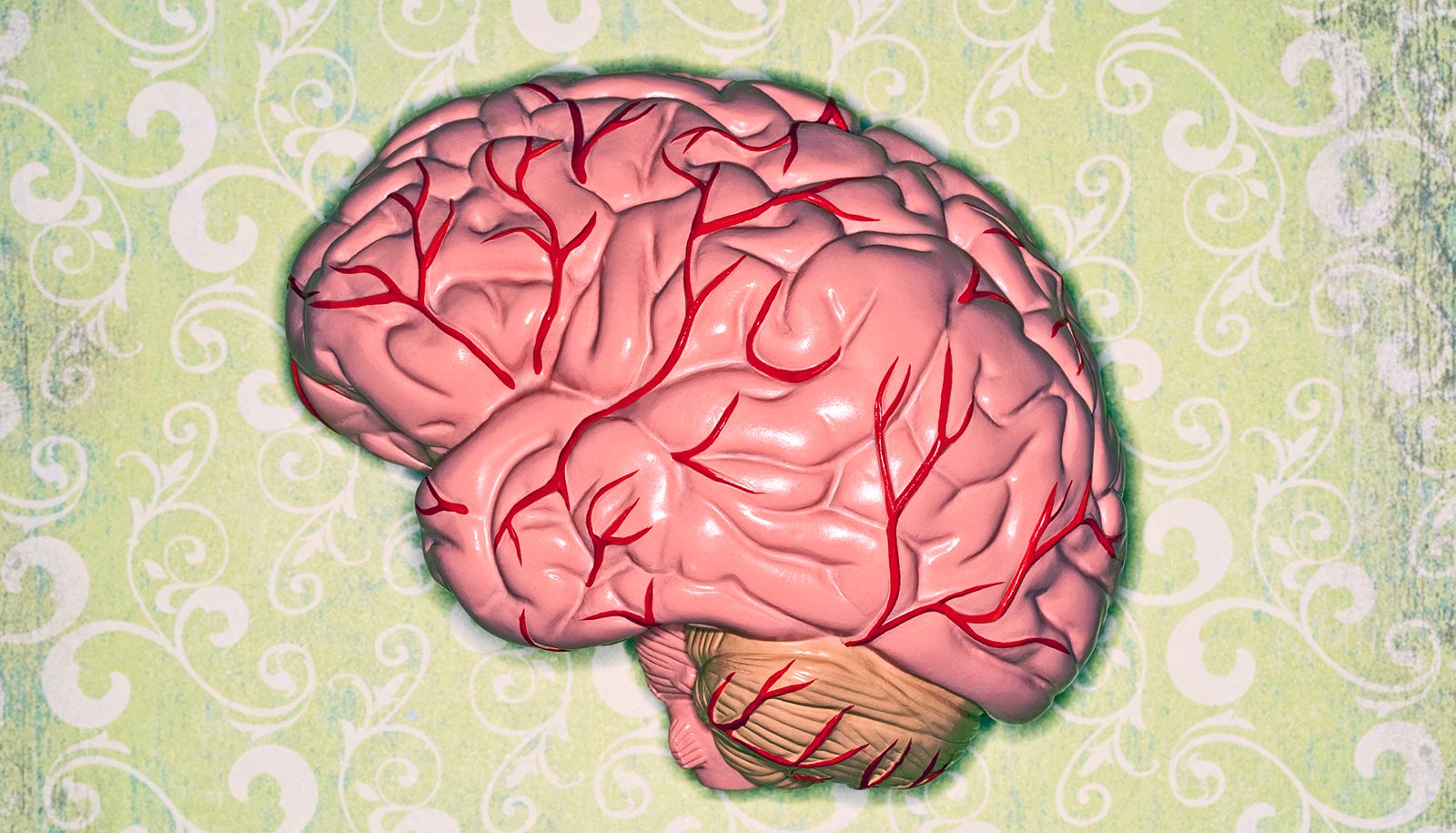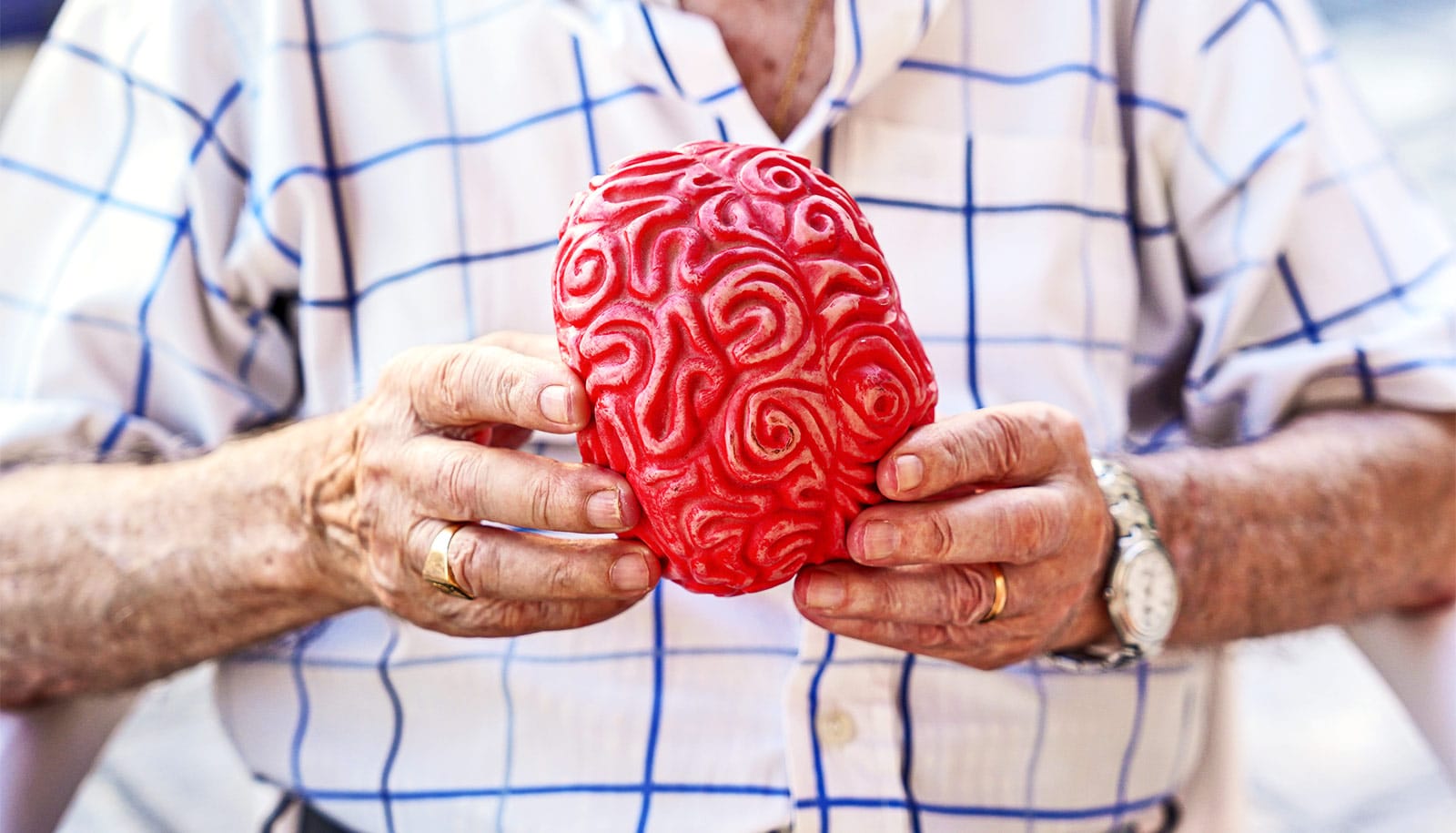Researchers have discovered a unique brain cell that may hold key to Alzheimer’s disorientation.
Losing your sense of direction is one of the earliest and most distressing signs of advanced Alzheimer’s disease. Now, a new study sheds light on a unique neuron that may hold the key to understanding why this happens.
The retrosplenial cortex is a brain region that has long been linked to spatial orientation and is known to be impaired early on in people with Alzheimer’s disease. Researchers have now identified a unique neuron with an equally unique function in the retrosplenial cortex. They found that specialized neurons can encode an individual’s sense of direction at all times, regardless of whether the individual is sitting still or on the move.
“This cell type appears uniquely evolved to solve a basic survival problem: knowing where you are and which way you’re facing at all times—whether you’re sitting in your office or out for a run,” says Omar Ahmed, associate professor of psychology at the University of Michigan and senior author of the study in the journal Progress in Neurobiology.
The research, Ahmed notes, provides a mechanistic explanation for why animals can subconsciously compute and remember where they are in their environment. This trait is critical to survival: it allows animals to track where they are, where the escape exit is (in case a predator is looming, for example, or in case of fire), and immediately turn toward the exit and take the shortest escape route.
“These neurons look different, express different genes and process information in different ways compared to all their neighboring neurons. One of these key differences relates to a brain chemical called acetylcholine that increases when we are paying attention or running,” he says.
Acetylcholine strongly activates other types of neurons and changes the way they encode information. However, the unique retrosplenial neurons do not respond to acetylcholine in this way. Instead, they can consistently track head rotation, helping to keep track of orientation at all times, regardless of what you are doing or how much attention you are paying, Ahmed says.
This discovery may help explain why patients with Alzheimer’s often become disoriented in familiar places. Ahmed’s team is studying how these neurons function in mouse models of Alzheimer’s disease in the lab and investigating changes in human brains affected by the disorder.
“People living with neurodegenerative conditions such as Alzheimer’s disease or Parkinson’s disease can struggle to find their way home, even in familiar surroundings,” he says.
“By understanding these unique neurons in the retrosplenial cortex, we are working towards the goal of one day restoring or preserving this critical function.”
Support for the research came from the National Institutes of Health, the Alzheimer’s Association, and the National Science Foundation.
Source: University of Michigan



